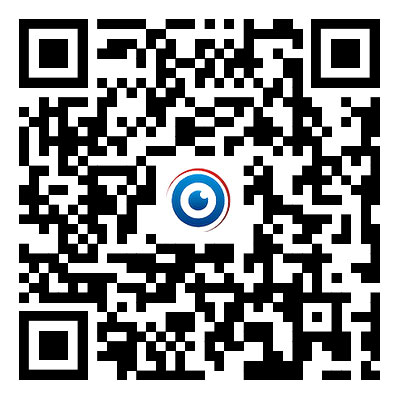What are the key components of a CCTV camera system
2023-10-25
A CCTV camera system consists of several key components that work together to capture, transmit, record, and monitor video footage. Here are the essential components and how they function together:
1. CCTV Cameras: Cameras are the core of the system and capture video and sometimes audio. They come in various types, including dome cameras, bullet cameras, PTZ (Pan-Tilt-Zoom) cameras, and more. These cameras are strategically placed to cover the desired areas.
2. Cabling and Wiring: Cameras are connected to the rest of the system via cabling, which can be coaxial cables for analog systems or Ethernet cables for IP-based systems. Proper cabling ensures a stable and secure connection.
3. Digital Video Recorder (DVR) or Network Video Recorder (NVR): The DVR or NVR is the central hub of the system. It receives video feeds from the cameras, compresses and encodes the video, and stores it on internal hard drives. DVRs are typically used for analog systems, while NVRs are used for IP-based systems.
4. Storage: The DVR or NVR contains hard drives for storing recorded video footage. The storage capacity varies depending on the number of cameras and the desired storage duration. Recorded video can be overwritten once storage is full, so it's important to periodically back up important footage.
5. Monitors: Monitors are used for real-time viewing of the video feeds. Security personnel or operators can monitor the video from different cameras simultaneously to ensure the security of the premises.
6. Power Supply: Cameras require power to operate. Depending on the system, power can be supplied through Power over Ethernet (PoE) for IP cameras or via separate power cables for analog cameras.
7. Control Equipment: In the case of PTZ cameras, a control system is needed to operate their pan, tilt, and zoom functions. Control equipment may include a joystick or software interface.
8. Network Connection: For IP-based systems, a network connection is essential to connect the NVR to the local network or the internet, allowing remote access and management.
9. Remote Viewing Devices: Many modern CCTV systems offer remote viewing capabilities. Users can access live video feeds and recorded footage from smartphones, tablets, or computers using dedicated software or apps.
10. Alert Systems: Some CCTV systems can integrate with alarms and sensors. When triggered, these devices can activate specific cameras to start recording or send alerts to security personnel.
11. Backup Power Source: To ensure continuous operation, it's advisable to have a backup power source, such as a UPS (Uninterruptible Power Supply), in case of power outages.
12. Access Control: In some security applications, access control systems may be integrated with CCTV, allowing for the verification of individuals and controlling access to secure areas.
These components work together to capture, transmit, store, and monitor video footage. When an event or incident occurs, the recorded footage can be reviewed for investigative or security purposes. Modern systems also offer various features like motion detection, remote access, and integration with other security systems to enhance their functionality.



